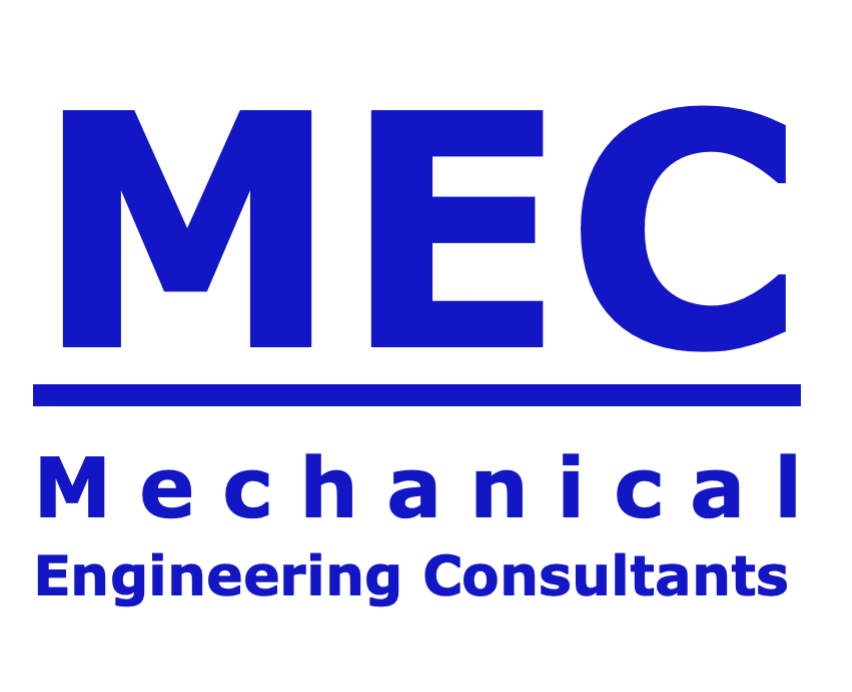Client: Roots Systems • Location: Wales • Standard: API 619
Problem
The assembled station failed the permitted vibration limits of API 619. Trial wooden packing under the pump–motor frame reduced vibration only marginally; vibration increased as differential pressure rose from 0.2 bar toward the 2 bar operating target.
Investigation & Findings
- Measured blower pulsation at 47.2 Hz; bearing vibration above limits.
- Critical speeds ruled out; the frame natural frequency was too close to 47.2 Hz (resonance).
- FEA (Ansys) and Experimental Modal Testing confirmed the mode and frequency proximity.
Solution
Fast-track frame stiffening to shift the natural frequency away from 47.2 Hz, eliminating resonance. Model Updating aligned the FE model to the modified structure.
Results
- Post-mod FRFs showed no peaks near 47.2 Hz; mode shifted to a non-critical range.
- API 619 audit passed: bearing vibration within permitted limits.
- Station ready for efficient operation at 2 bar differential pressure.
Read the full API 619 case study »
